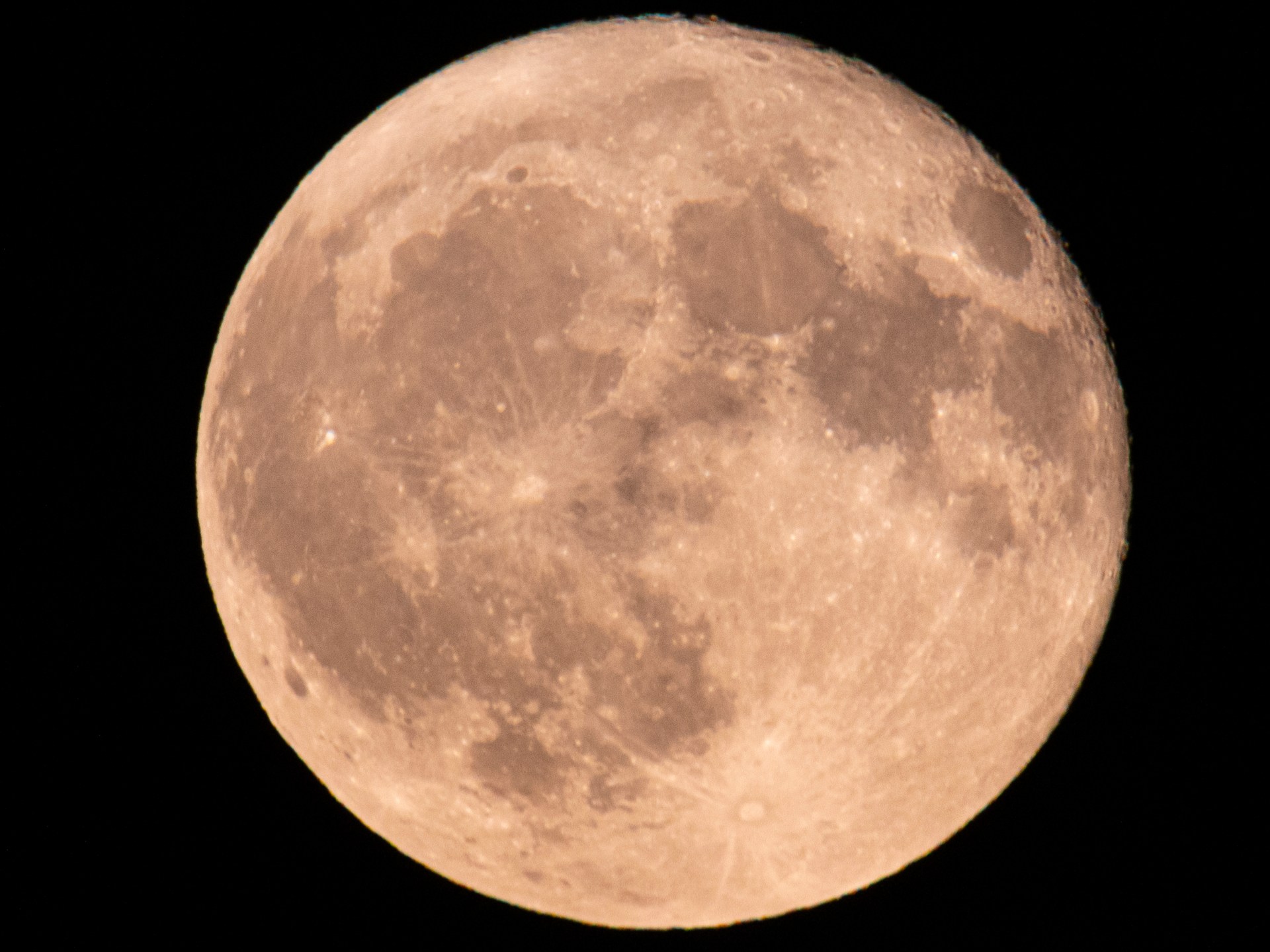
Why does NASA want a time zone on the moon?
Al Jazeera
NASA has been tasked with determining a standard time zone for the moon, but it’s more complicated than you might think.
The United States government has tasked its space agency, NASA, with establishing a standard time zone for the moon, which will be known as Coordinated Lunar Time (CLT).
In a memo issued on April 2, the US Office of Science and Technology Policy (OSTP) stated: “Federal agencies will develop celestial time standardisation with an initial focus on the lunar surface and missions operating in Cislunar space [the area within the moon’s orbit], with sufficient traceability to support missions to other celestial bodies.” “Traceability” means that CLT can be kept in sync with time zones on Earth.
The memo outlined the following features for the new CLT:
Don’t expect your favourite time zone and calendar apps to have CLT as an option yet; NASA has until the end of 2026 to establish CLT.
In layman’s terms, we need a reliable “lunar time” earth-syncing system because lower gravity on the moon causes time to move slightly faster there than on Earth – by just 58.7 microseconds (there are 1 million microseconds in a single second) faster within every 24 Earth hours.
